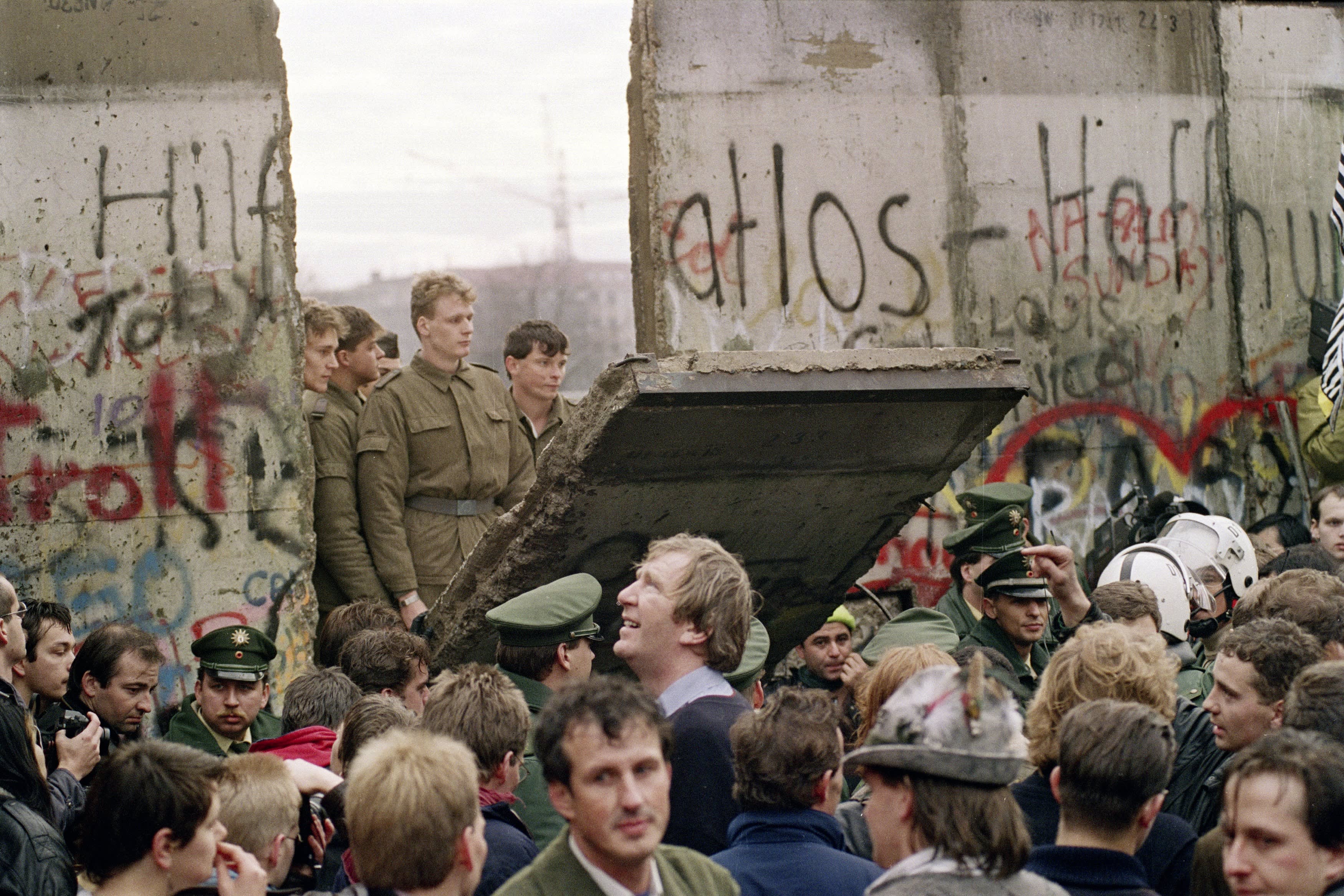 ツ
ツhttps://digitalcollections.lib.washington.edu/digital/collection/protests/id/213
Since I will be covering Vietnam, a very broad subject, I have decided to specifically narrow it down to the anti-war movement.
For my analysis I would like to take a look at a piece from the anti-war propaganda that was displayed throughout the nation. I would like to discuss how the bright and unusual imagery , as well as the text attracted people to join the anti-war movement. Seattle Helix, was a sort of underground information group that pulled together newspapers and flyers like these to promote the anti-war efforts across the nation during the late 60's.
I would like to take a look into the imagery/schemes & tropes of this primary source for this analysis.
emphasis
Color- The different colors in this print are used in specific ways. The green is used to represent growth and goodness, while the red, yellow, and black displayed at the bottom of the page take on a negative role showing fire and hatred represented through the colors.
spacing
kerning
The spacing between the letters at the bottom of the page is very minimal compared to the spacing at the top of the page. The letter spacing at the bottom of the page is very close together giving a feel of urgency to the reader. Compared to the top of the page where the letters are very big and spaced out to attract the reader and draw attention to the page.
legibility
The font itself- The font looks to be hand drawn/written, giving the viewer a personal feel, like you get when reading a letter
What I am getting from this analysis is the author encouraging people to join a social cause by giving limited information for an event taking place in support of the students at Berkeley. There is of course more that I could cover with this analysis, and I may use this piece in my presentation to more thoroughly discuss the Seattle Helix.




